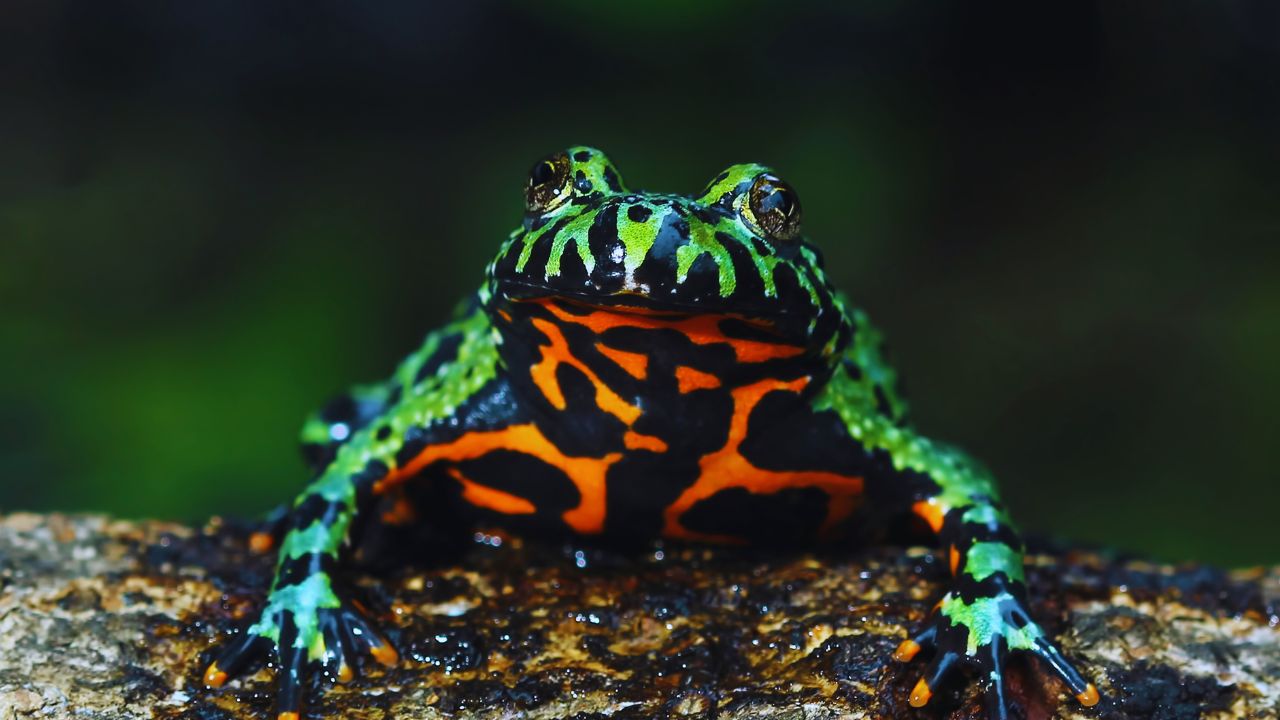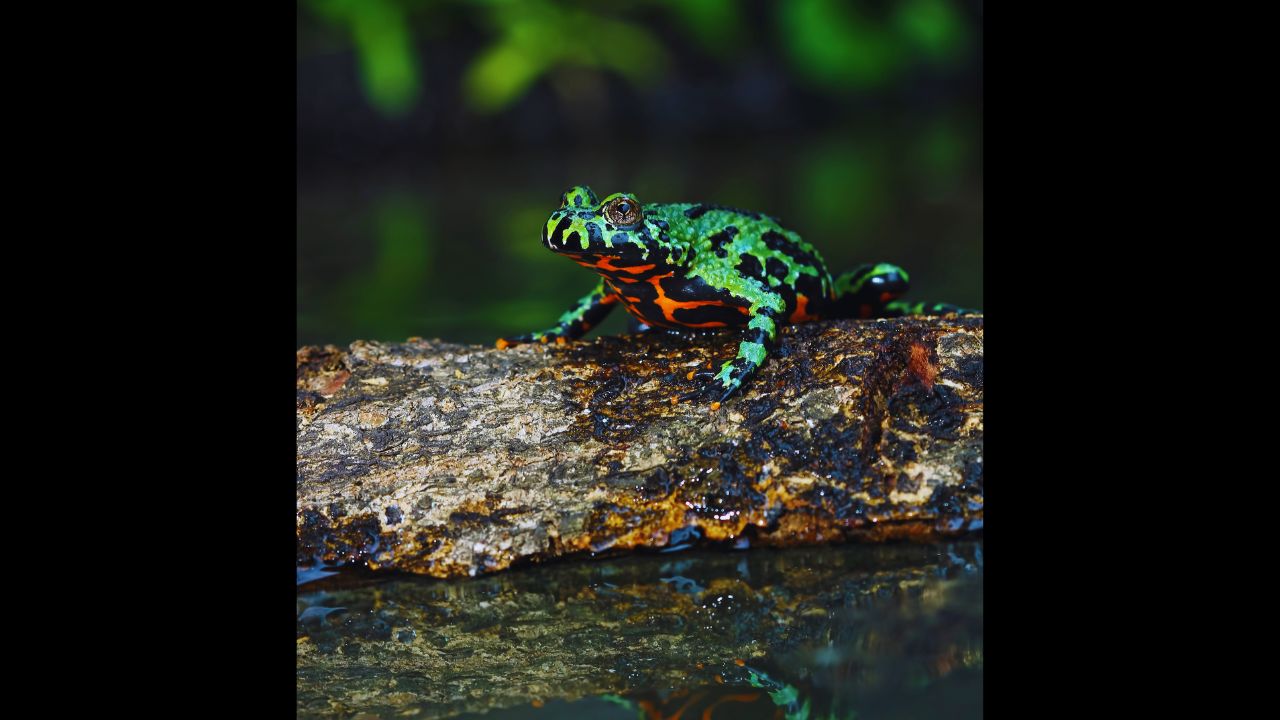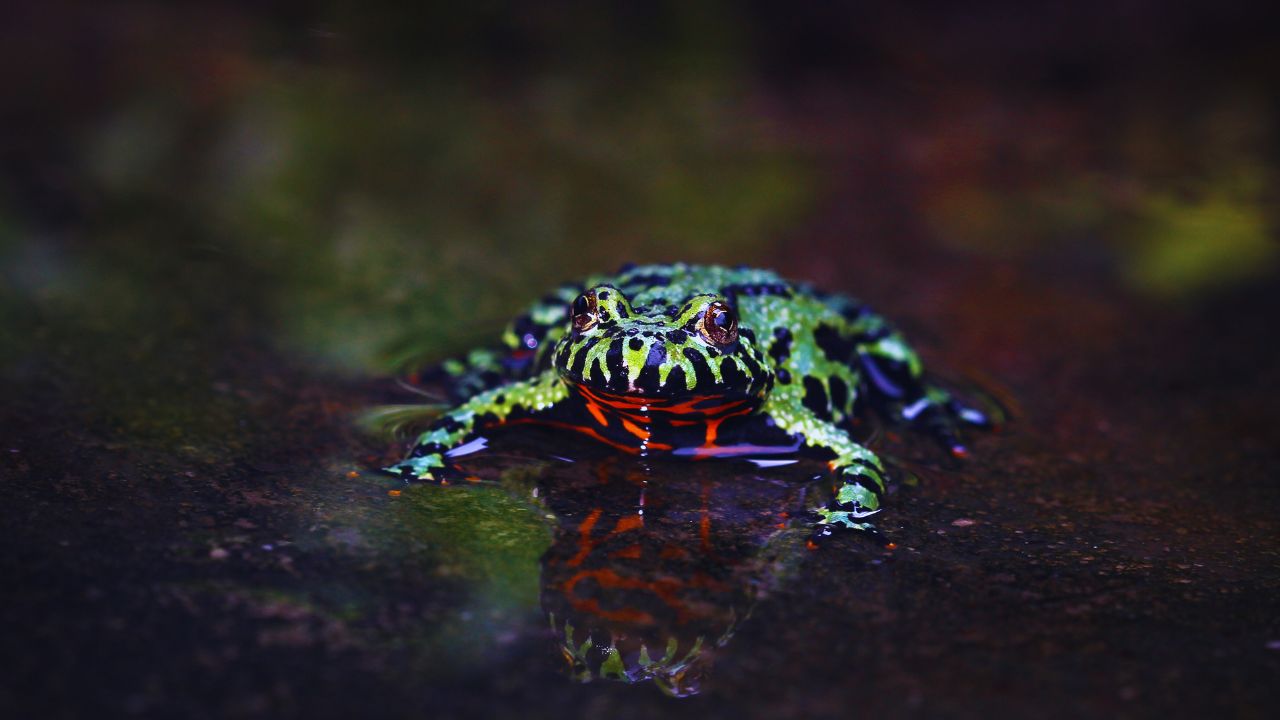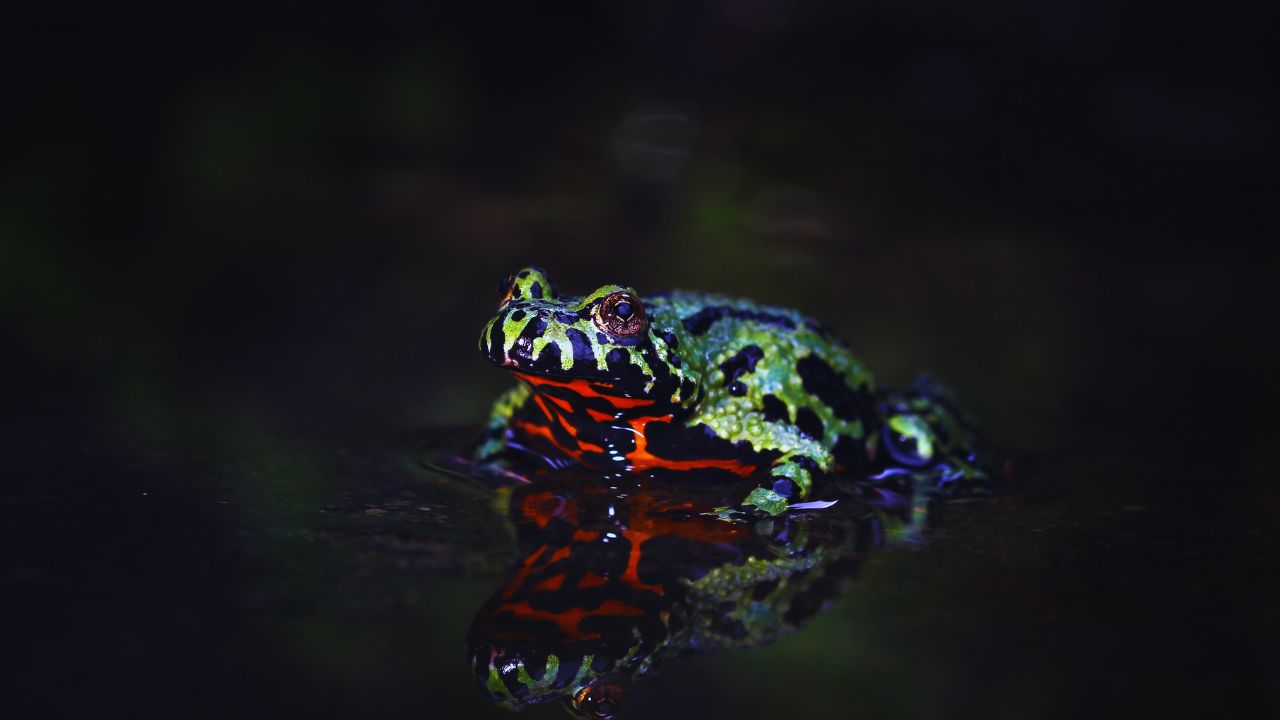Herpetologists and aficionados both have taken great interest in the interesting amphibian recognised for its vivid colouration and unique underbelly marks: the fire-bellied toad. Originally from portions of Asia and Europe, these little toads are not only beautiful but also distinctive in their behaviour—particularly during the mating season. Their egg-laying behaviour is among the most fascinating features of their reproductive cycle; it is very vital for the survival of their species. This paper explores the details of where fire-bellied toads deposit their eggs, the environmental circumstances they need, and the biological mechanisms supporting their reproductive behaviour.

General Characteristics of Fire-Bellied Toads
| Characteristic | Description |
|---|---|
| Scientific Name | Bombina orientalis (Eastern Fire-Bellied Toad), Bombina bombina (European Fire-Bellied Toad) |
| Common Names | Fire-Bellied Toad, Oriental Fire-Bellied Toad, European Fire-Bellied Toad |
| Size | 4-6 cm (1.5-2.5 inches) in length |
| Coloration | Bright orange or red undersides with dark mottling or spots; dorsal coloration varies from brown to green |
| Lifespan | 10-15 years in captivity; 5-10 years in the wild |
| Habitat | Shallow ponds, marshes, and slow-moving streams; prefers areas with abundant vegetation |
| Diet | Insects, worms, and other small invertebrates |
Habitat and Environmental Preferences
Semi-aquatic amphibians and fire-bellied toads spend a good part of their life in or close to water. Slow-moving streams, ponds, marshes, and other freshwater features that provide the required conditions for breeding abound in their native habitats. Usually including calm waterways, plenty of greenery, and lots of hiding places—all of which are vital for the survival and successful reproduction of the toads—these surroundings define them.
Usually occurring in the warmer months, the breeding season sees fire-bellied toads become more active in their hunt for appropriate partners and ideal egg-laying places. For these toads, the choice of a breeding site is crucial, as the environmental factors of the selected site greatly affect the success of their progeny. Where a female fire-bellied toad deposits her eggs depends in part on water quality, temperature, and predator presence.

The Method of Laying Eggs
Once a female fire-bellied toad has mated successfully, she starts the search for an appropriate site to deposit her eggs. Fire-bellied toads usually chose open, shallow waterways for this use, unlike certain amphibians that deposit their eggs in secret or isolated locations. The affinity for shallow water is probably related to the greater oxygen levels and warmer temperatures in these places, which are favourable for egg development.
Usually hanging her eggs on aquatic plants, submerged rocks, or other trash in the water, the female deposits them in clusters. This connection keeps the eggs held in situ, stops them from floating away with the flow, and offers some defence from any predators. The age, size, and health of the female toad will all affect the quantity of eggs each cluster may hold.
Unless one knows what to look for, the translucent, tiny, gelatinous eggs themselves are impossible to see. Their protective jelly-like coverings assist in guarding them against desiccation and physical injury. Furthermore, important for the development of the eggs is their moisture level, which this jelly helps to preserve.

Breeding and Reproductive Behaviour
| Aspect | Description |
|---|---|
| Breeding Season | Typically spring to early summer |
| Breeding Sites | Shallow ponds, slow-moving streams, and marshes; prefers areas with aquatic vegetation |
| Egg-Laying | Eggs are laid in clusters attached to aquatic plants, submerged rocks, or debris |
| Egg Description | Small, gelatinous, transparent eggs; protected by a jelly-like substance |
| Incubation Period | 1-2 weeks, depending on water temperature and environmental conditions |
| Tadpole Development | Tadpoles hatch and develop in water; undergo metamorphosis to become juvenile toads |
| Metamorphosis Duration | Several weeks to months; involves development of limbs and absorption of the tail |
Development and Hatchability
The process of development starts almost immediately after the eggs’ laying. Environmental factors such water temperature, oxygen levels, and pollution presence may all affect the hatching times of the eggs. Fire-bellied toad eggs usually hatch one to two weeks under ideal circumstances.
The embryos inside the eggs grow quickly at this time. The eggs’ openness lets one see these changes because the embryos progressively adopt a more identifiable tadpole shape. The more opaque the eggs become as they develop, hatching is almost here.
When the time comes, the tadpoles start their aquatic life by breaking out from their eggs. They lack the limbs and lungs required for life on land; hence, at this point, they are totally reliant on the water for existence. Mostly herbivorous, eating algae and other plant materials, the freshly born tadpoles have gills for breathing underwater.
Development and Metamorphosis of Tadpole
For fire-bellied toads, the tadpole stage is a vital period of life. They have to grow and develop fast at this period if they are to have more chances of survival. Among the many elements influencing the pace of development are food supply, water temperature, and competition with other aquatic life.
The tadpoles change dramatically along their maturation, a process often referred to as metamorphosis. The baby toads will be able to leave the water and start their terrestrial life thanks to the slow growth of limbs, the absorption of the tail, and the creation of lungs.

A complicated process, metamorphosis is under control of hormones, mostly thyroxine. The tadpoles start to show more obvious physical changes as this hormone level rises. The tail—which was originally used for swimming—becues to shrink as the front and rear limbs start to show. Lungs replace the gills at the same time so the baby toads may breathe.
Once transformation is finished, the young toads—now known as froglets—leave the water and go onto land. This change represents a major turning point in their evolution, as they will be growing and finally reaching sexual maturity in a terrestrial environment, which calls for adaptation.
Value of Habitat Protection
The availability of appropriate habitats determines much whether fire-bellied toads survive and can successfully reproduce. Unfortunately, human activity like urbanisation, pollution, and climate change puts many of the natural habitats these toads depend on under danger. Particularly the degradation of wetlands, which directly affects their breeding grounds, is a major threat to fire-bellied toad numbers.
Maintaining these habitats and guaranteeing the ongoing existence of fire-bellied toads depend on conservation initiatives. This covers the protection of natural water bodies from development, pollution control strategies, and wetlands preservation and restoration. Furthermore, increasing public awareness of the need for amphibian preservation would assist in getting funding for these projects.

Conservation Status and Threats
| Aspect | Description |
|---|---|
| Conservation Status | Varies by region; generally not considered endangered but may face local threats |
| Major Threats | Habitat destruction, pollution, climate change, and predation |
| Protected Areas | Conservation efforts focus on preserving wetlands and natural water bodies |
| Conservation Actions | Habitat restoration, pollution control, and public awareness campaigns |
| IUCN Red List Status | Bombina orientalis is listed as Least concerned; Bombina bombina is also Least concerned, but local populations may be affected |
Amazing animals with sophisticated reproductive behaviours tightly related to their surroundings are fire-bellied toads. Knowing where and how these toads deposit their eggs gives important new perspectives on their biology and difficulties in the wild. Protecting their habitats and supporting conservation initiatives can help guarantee that fire-bellied toads will flourish for future generations.





